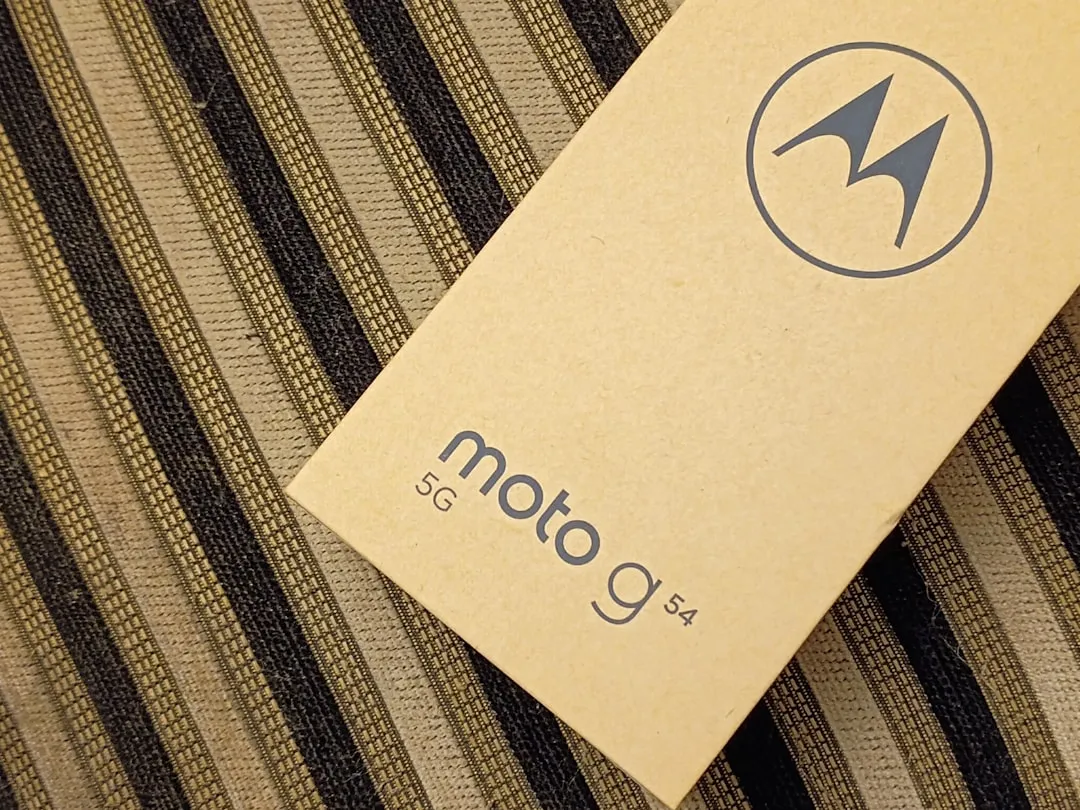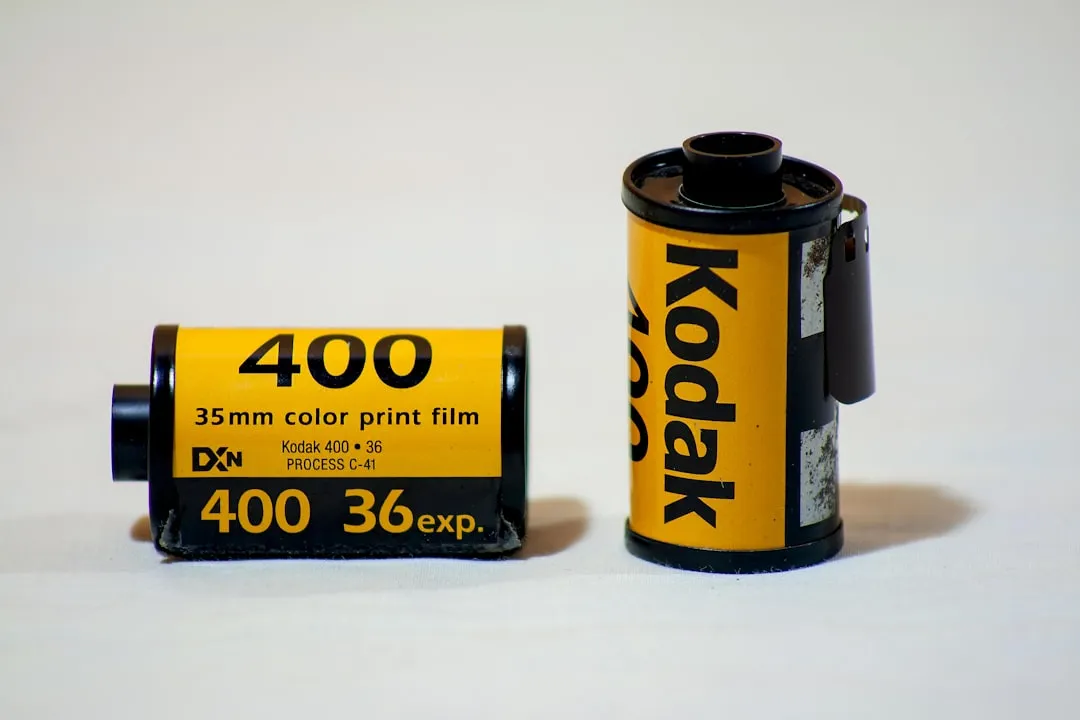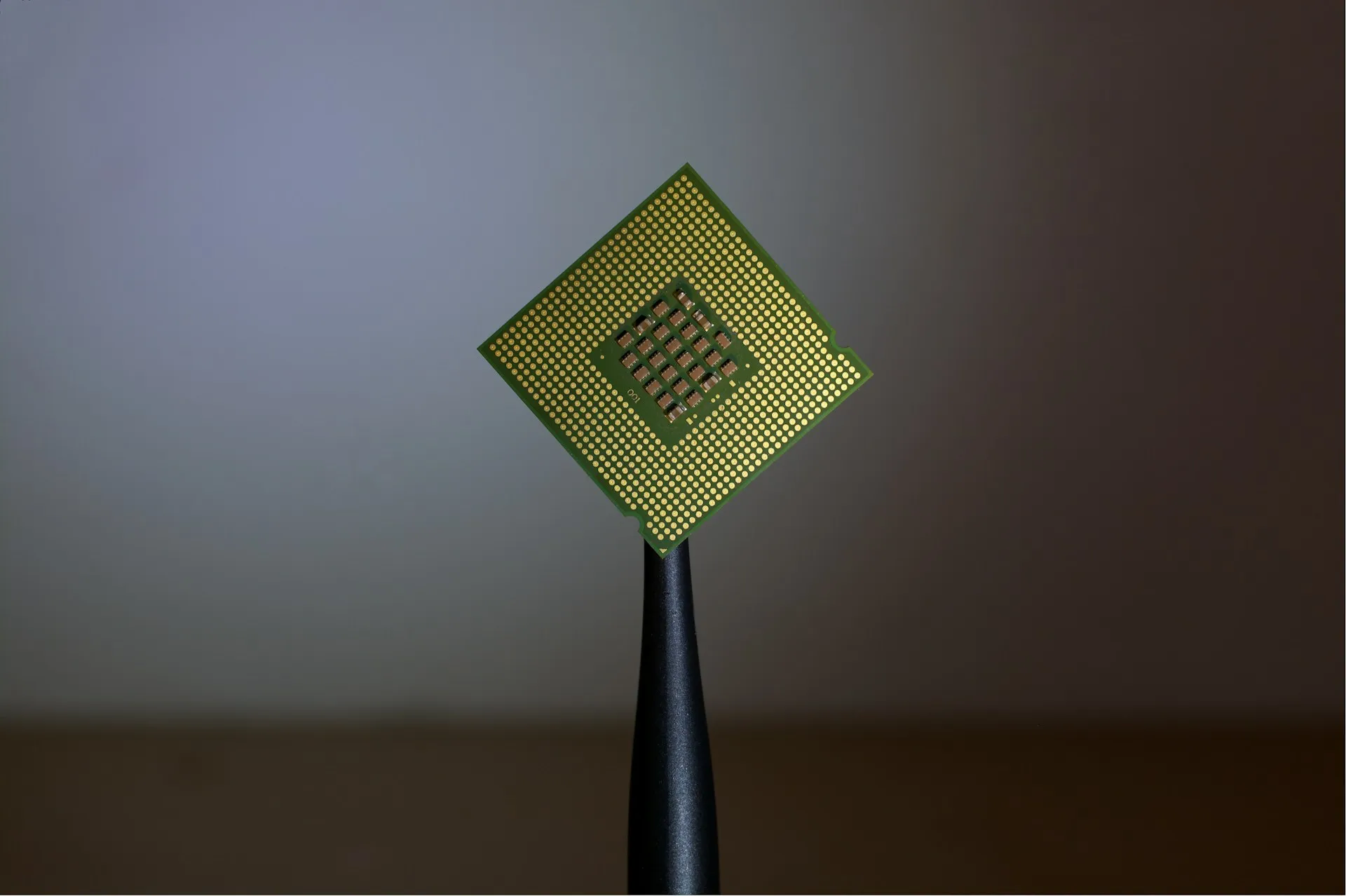After years of complaining about rising prices, OEMs are finally listening to consumers. It couldn't have come at a better time thanks to potential recession due to COVID-19. As evident with the poor sales of Samsung's Galaxy S20 series, consumers are not looking to spending $1,000+ on a smartphone just for the latest specs.
A "budget flagship" is a smartphone with the top-tier specs offered at a more affordable price tag of under $700. OnePlus once dominated this market, but price creep has pushed their main flagship over a grand now.
Thanks to the release of the latest Snapdragon 700 series chips, OEMs finally have an SoC at their disposal with a great balance of power and price. And this year, you will see the largest competition in this segment, with options from OEMs such as OnePlus, Samsung, and even Apple.
Apple
When Apple released the iPhone 11, it was the first sub-$700 iPhone since 2017. They recognized the growing demand and released it at $699. What do you get at this price point? Two of the three rear cameras of the Pro series, a large battery, and the same SoC for $300 cheaper.
Sales must have been excellent already, as Apple returned to this segment again in a big way. The 2020 iPhone SE is like a Frankenstein iPhone, taking parts from their other flagships to create the ultimate iPhone at an unreal price, $399. For $400, you get a iPhone with flagship internals and some compromises in the screen, perfect for kids looking to get their first phone or adults looking to save some money.
When Google switched over to the Pixel series from the original "budget flagship" Nexus series, it came with two significant changes: best in class cameras and a high price tag.
Then Google delivered a curveball — the Pixel 3a and 3a XL. Both priced below $500, these devices were high-end midrange phones with a very similar camera performance to the flagship Pixel 3 and 3 XL. The fans loved it, making it the best selling Pixel phone in years. As a result, Google plans to release a successor, the Pixel 4a.
One of the most significant to the upgrade is the bump in performance, moving from the Snapdragon 600 series to the Snapdragon 730, a "budget flagship" SoC. The RAM is also upgraded to 6 GB, making the overall experience smoother. It still retains the fantastic camera performance and the headphone jack as well. And Google plans to sell this for $349, less than half the price of its current flagship.
LG
For the past few years, LG has been trying to capture the magic once found in the G and V series lineup. They tried everything from releasing multiple V series in the same year to giving both devices a second screen case for free. But after these attempts didn't translate into sales, they are finally going back to the drawing board with a new design and much friendlier price tag.
At $599, the LG Velvet is a very attractive phone. It comes with the Snapdragon 765G, so it has top tier performance and supports 5G. It has 6 GB of RAM, so you don't have to worry about apps needing to restart when you return. It supports Quick Charge 4+ and even wireless charging, a rarity for phones at this price point. Headline by a 48 MP main primary shooter, the rear cameras take great photos and even includes LG's infamous wide-angle camera to back it along with a depth sensor. It even has a headphone jack (sorry no Quad DAC) and stereo speakers for music lovers.
Motorola
After three years of fulfilling their promise to support Moto Mods, the once-beloved OEM can finally make devices with new designs. Their first was the Moto Edge+, a $999 flagship exclusive on Verizon. But that price tag was a big barrier for entry, so they created a counterpart, the Motorola Edge.
The Motorola Edge and Edge+ are virtually the same phones. Same 6.7 inch OLED display with a 1080p resolution and 90 Hz refresh rate. It still has three cameras, one of which is telephoto, and the other is ultrawide. For rooters, Motorola has already released the kernel source for the Edge, so custom ROMs can be developed. It still has stereo speakers and a headphone jack. It even supports 5G and dual-frequency GNSS. And you get all that at $699.
So what is different? Well, the biggest change is the SoC, which uses the new Snapdragon 765G. While they have the same number of cameras, the Edge doesn't use the 108 MP Samsung ISOCELL Bright HMX, instead using the 64 MP Samsung ISOCELL GW1. It also comes with 4 or 6 GB RAM compared to the Edge+'s 12 GB. They're also a few differences, such as a slower USB port and a 10% smaller battery. But not all the differences are subtraction; the Edge gains Dual SIM support, two more carrier support (in addition to Verizon), and FM radio.
OnePlus
OnePlus once reigned supreme in this category, but in recent years, their prices have gotten higher and higher, with the latest OnePlus 8 Pro finally eclipsing the $1,000 barrier when purchased with maxed out specs.
So now OnePlus has split their product line. The new OnePlus Nord, at $399, does budget differently. Instead of specialization in one area, it delivers good specs everywhere that are not the very best, but still flagship caliber. This includes the 90 Hz refresh rate Fluid AMOLED display, 8 GB of RAM, and Warp Charge 30T.
Unfortunately, this model is not getting a wide release in the US. Instead, they offered ten devices to testers in the US to review the phone, with some reviewers being able to keep the device. But rumors have it that they plan to release a "Nord T" series of phones, which is likely to make its way on US shores.
Samsung
In the first quarter of 2020, four of the top 10 best selling smartphones were in the Samsung Galaxy A series. While usually more leaning toward entry-level and mid-level smartphones, Samsung did release a budget flagship this year, the Galaxy A71 5G.
The Galaxy A71 5G uses the same Snapdragon 765G as many of the phones in this category. Samsung included many of their flagship parts in the phone, such as the 64 MP Samsung ISOCELL GW1 and a Super AMOLED Plus screen. Its battery is the same size as the Galaxy Note 20 Ultra and supports the same Super Fast Charging technology up to 25 W. And this entire package is available for under $600.
More on the Horizon
The OEMs named here aren't the only ones releasing products in this category. The ASUS Zenfone 6 was released for $499, and its successor will likely release at a similar price tag. Nubia RED Magic has been releasing gaming phones with top-tier specs for under $500 in the US, with an upcoming 5S scheduled to be announced in the coming weeks. Google is also rumored to bring its flagships series into this category, starting with the Pixel 5.
It is a wonderful time to buy a smartphone. No longer do you need to spend a fortune to get the best camera, display, or performance. Your favorite OEMs all have budget-friendly options that aren't the very best but offer comparable performance to their flagship at a fraction of the cost.
Cover image via MKBHD/YouTube































Comments
Be the first, drop a comment!